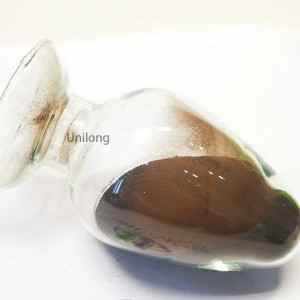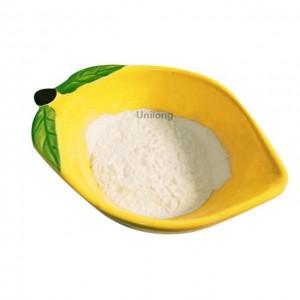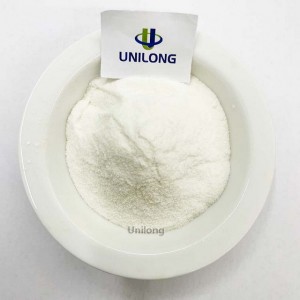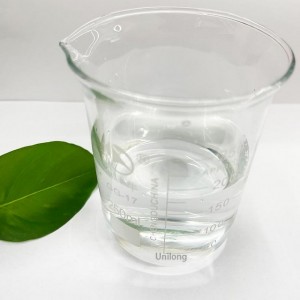Triisopropanolamine CAS 122-20-3
Triisopropanolamine is an organic compound, specifically belonging to alcohol amines. Triisopropanolamine can be seen as a product formed by replacing three hydrogen atoms in an ammonia molecule with three isopropanol groups. At room temperature, it is usually a white to pale yellow crystalline solid or viscous liquid (its form depends on purity, storage temperature, and environment). Triisopropanolamine has both amino and hydroxyl groups, making it both alkaline and highly water-soluble and reactive. It can react with acids to form salts or soaps.
|
ITEM |
STANDARD |
|
Appearance |
Color: light yellow liquid,transparent |
|
Moisture |
≤15% |
|
Three different contents |
≥85% |
|
Content of One and Two Differences |
≤3% |
1. Building materials industry (core application): Adding it in the cement grinding process can significantly improve grinding efficiency, reduce energy consumption, and enhance the early and later strength of cement. As an early strength agent and one of its components, triisopropanolamine is used to improve the construction performance and mechanical properties of concrete.
2. Surfactant: Triisopropanolamine used as a raw material for the preparation of detergents, emulsifiers, dispersants, commonly used in fields such as textiles, metal processing, personal care products, etc.
3. Polyurethane industry: Triisopropanolamine as a reactive catalyst, triisopropanolamine is used to produce soft foamed plastics, which can effectively promote the foaming and gel reaction. foam products have better hand feel and smoothness.
4. Personal care products: Triisopropanolamine used in cosmetics and skincare products as emulsifiers and pH adjusters to increase product stability and mildness.
1. Good grinding effect: Triisopropanolamine can effectively reduce the surface energy of cement particles, prevent particle agglomeration, and improve grinding efficiency.
2. Significant enhancement effect: Not only can it improve the early strength of cement, but it is also beneficial for the later strength growth, and the effect is better than some traditional grinding aids
3. Low toxicity and low irritation: Compared to other amines, it has less irritation to the skin and mucous membranes, making it safer to use.
4. Good stability: Chemically stable, not easily oxidized or decomposed.
200kgs/drum
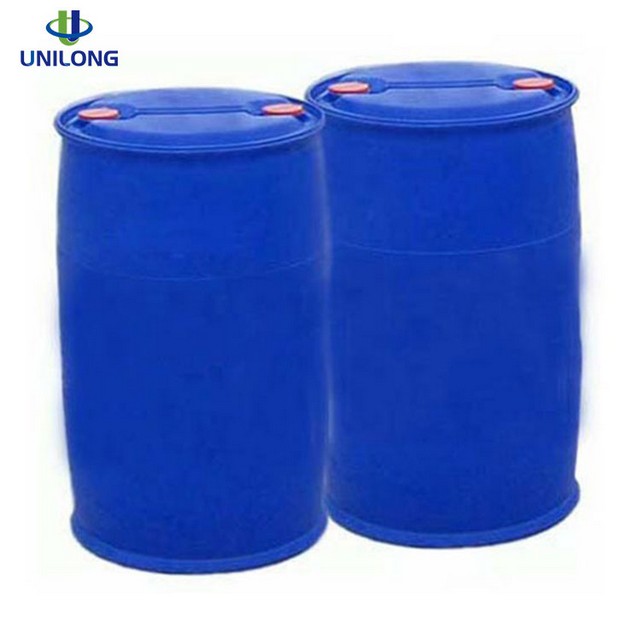
Triisopropanolamine CAS 122-20-3
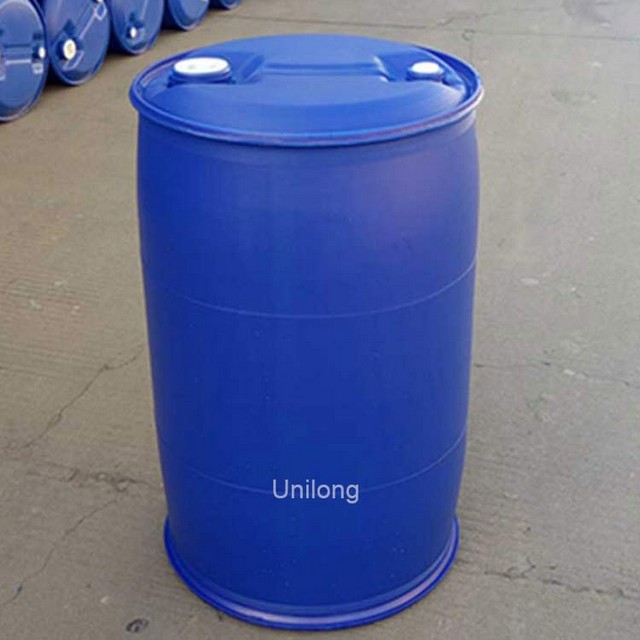
Triisopropanolamine CAS 122-20-3








